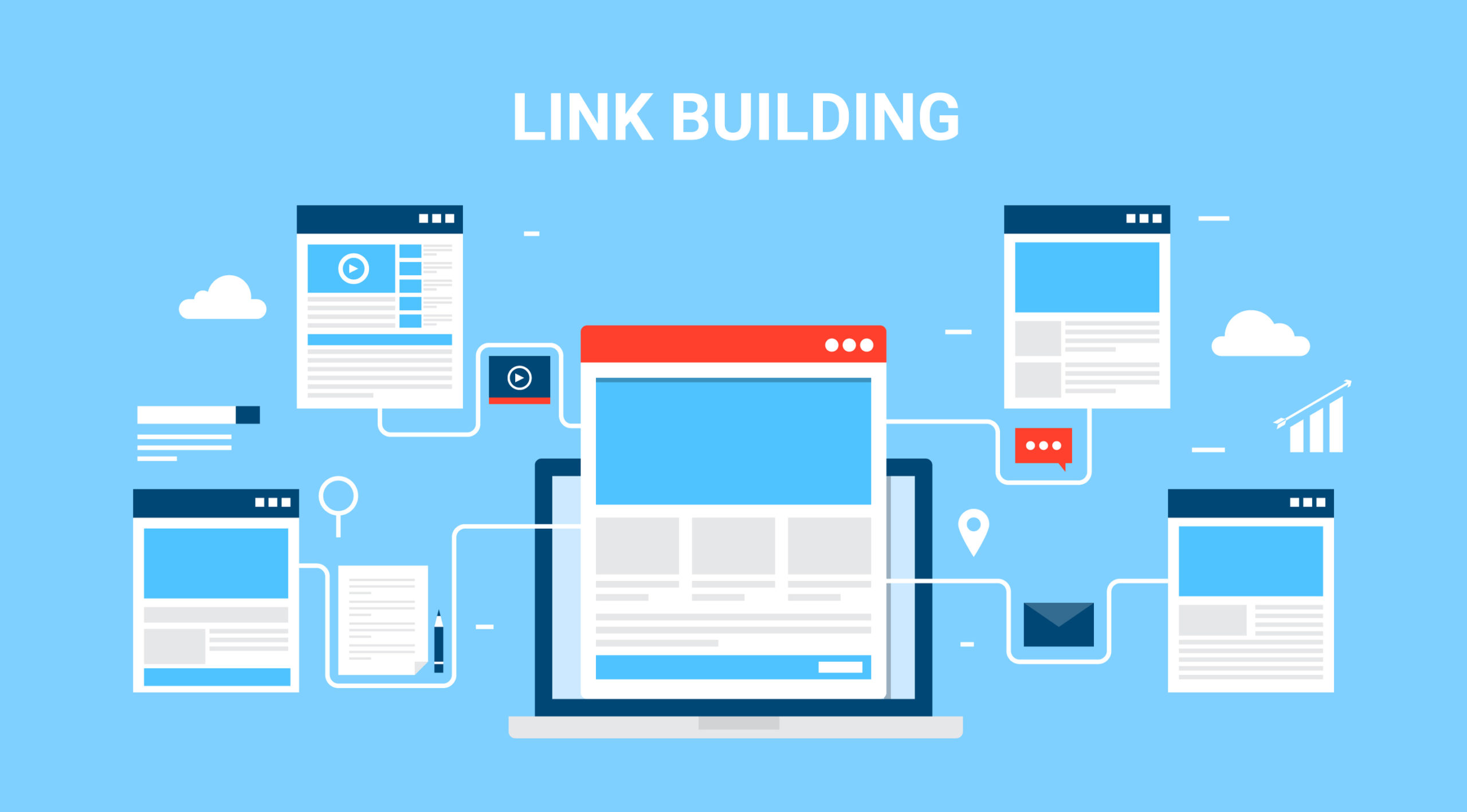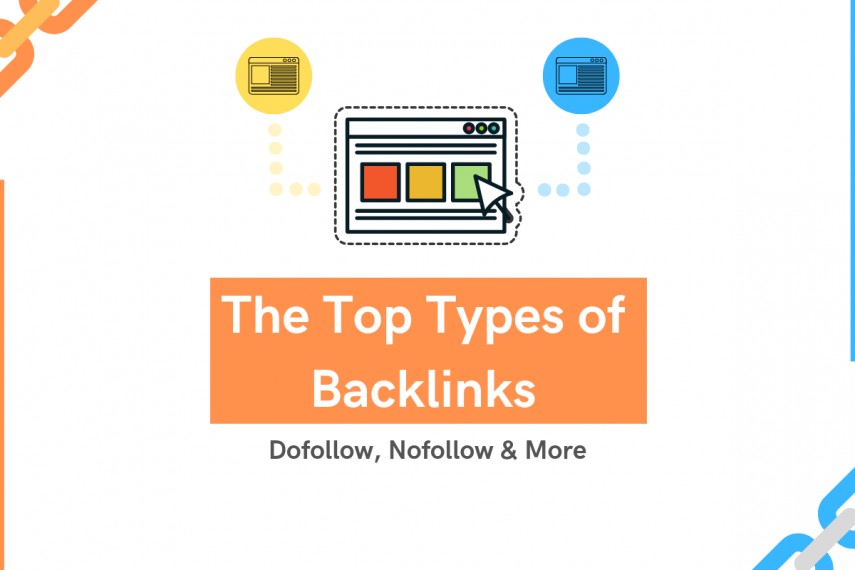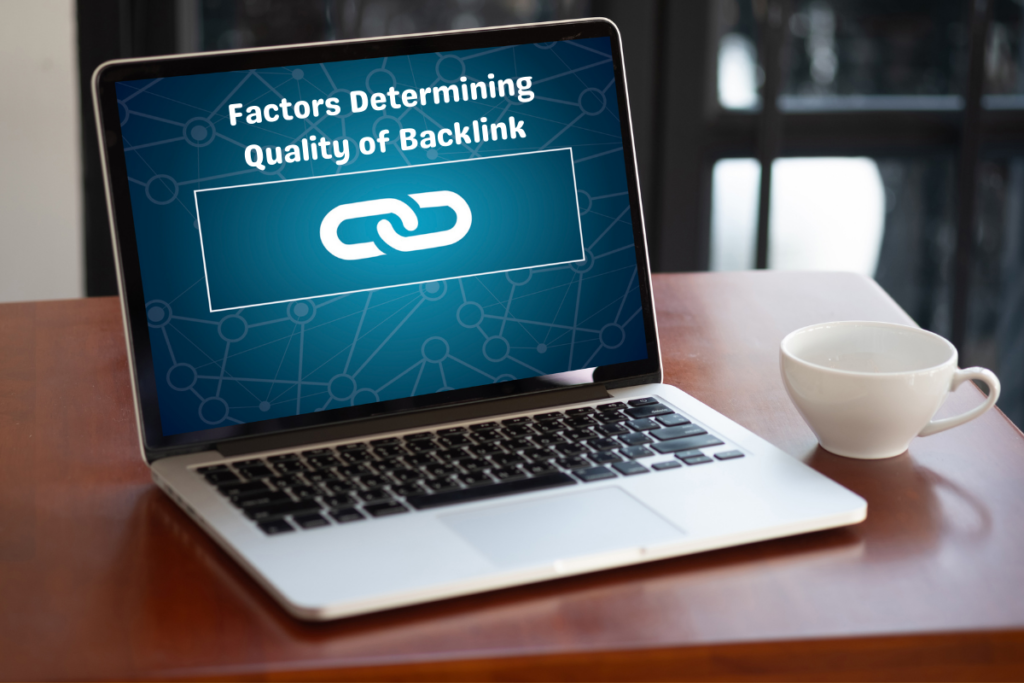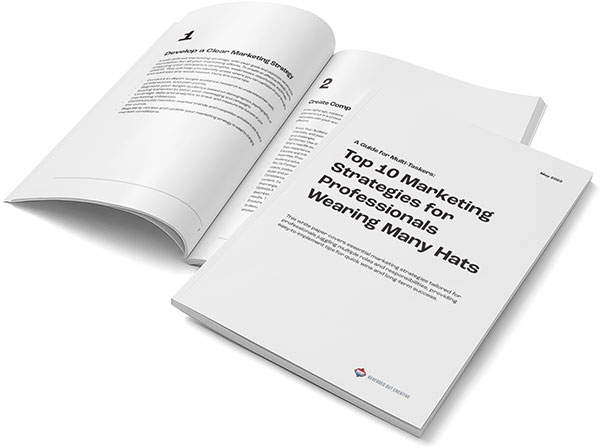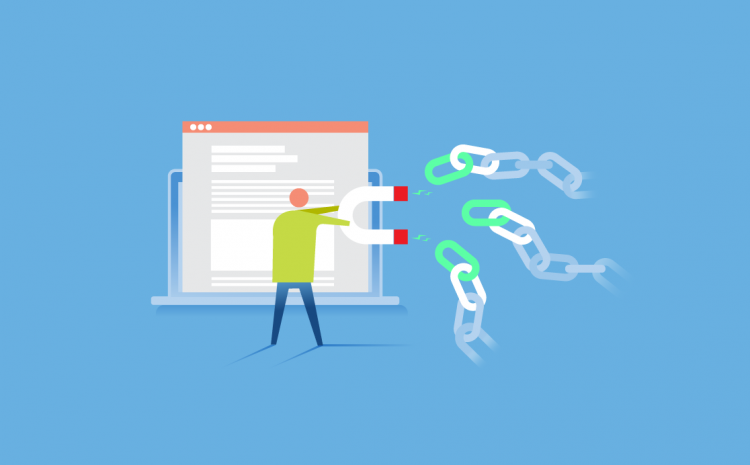
When it comes to getting organic traffic from search engines, link building is a critical component of SEO, especially in highly competitive fields. Link building techniques may be extremely powerful when they are used in conjunction with solid technical SEO foundations, outstanding on-page SEO, fantastic content, and a nice user experience. Quality, relevancy, and authenticity have never been more critical in today’s world. The use of low-quality, spam link-building strategies can be effective, but they should not be part of a plan for a company aiming to achieve success in organic search over the long run.
In today’s world, link development is more comparable to brilliant marketing, and the firms that grasp this are generally the ones that succeed long-term. There is a technical component to establishing links, but it doesn’t mean that all strategies must center around your product. You and I will discover that there’s still a lot more to learn and a lot more to grasp than we thought possible. In order to get you up and running fast and in the proper direction, this guide has been created. Despite the fact that there’s a lot of information, we’ve split it down into manageable chunks and given plenty of examples.
Contact Us
At Reversed Out Creative, we understand the challenges and opportunities presented by AI disruption. Our team of experts specializes in web design, SEO, graphic design, and digital marketing services. Reach out to us through our contact form to learn more about navigating the evolving job market and embracing the potential of AI. Together, let’s shape a future that combines human ingenuity with the power of AI.
- What is Link Building & What is their significance?
- What Is the Process of Link Building?
- Various Types of Links
- Do you know what makes for a great link?
1. What is Link Building & What is their significance?
When a website has a lot of inbound connections from other sites, it is called link building. To improve your site’s ranking in search engine results, you’ll want to implement this technique. Simply said, it improves your search engine rankings.
It’s an essential aspect of your website’s off-page SEO.
When seen as a whole, your link profile includes all of the links that point to your website. In order to get high rankings in search engine results, you need a link profile that is both diverse and robust. Analyzing your link profile is easy with a good backlink checkup.
Why are Backlinks Important For your Website?
Link building is just as vital as any other part of SEO because of the weight search engines place on it. For Google, which was one of the first search engines to place more importance on links and keywords than simply keywords, this is not a surprise
2. What Is the Process of Link Building?
Backlinks from reputable, high-quality websites are the finest strategy to improve your authority through link building. Many backlinks from spammy, unrelated websites are unlikely to assist your search engine rankings.
Backlinks can be obtained in a variety of methods, including:
- Guest blogging
- Social media promotion
- Manual outreach
- Pursuing competitors’ backlinks
Backlinks are important, but they aren’t the only thing to keep in mind—creating valuable, high-quality content should be your primary goal.
Beginners and experts alike may find it difficult to harness the power of link building techniques when looking for strategies to boost their rank. One of the most potent strategies for organic success, however, is the use of social media.
3. Various Types of Links
It’s critical to have a firm grasp on the many sorts of links that might be used in your link building efforts. The following is a list of the most significant sorts of connections to know.
Nofollow vs. Follow
The most common application of nofollow links is when you want to point out a website but don’t want to encourage Google to crawl it.
As part of a link’s code, you will need to include the rel=”nofollow” tag. Google will be informed that the link should not pass PageRank by using nofollow links.
There are two advantages to using a nofollow link:
- Links that don’t imply an endorsement of the site they point towards
- In cases where the relationship is profitable. For paid or lucrative links (such as paid adverts, banner ads, affiliate links, sponsored content), Google encourages that users use rel=”sponsored” instead of rel=”nofollow,” which it introduced with rel=”sponsored” and rel=”ugc.”
Nofollow links don’t immediately pass on authority. You may still benefit from their brand reputation and referral traffic, though.
If a link has properties that tell Google it should pass PageRank, it is a follow link.
If you wanted to, you could utilize a follow link:
- Delegate authority to a well-known website.
- Simple: Make it easier for search engine bots to figure out what the material is about. Nofollow links, on the other hand, do not signal to Google that a website should be crawled. PageRank is a measure used by Google to determine if a link is directing traffic to another website.
Links from Users
When it comes to SEO, it’s not a good idea to employ user-generated links as a link-building method. If you’ve ever used user-generated links, Google has punished you in the past. In certain cases, you build user-generated connections to promote your own work. Also, they tend to be of a poorer quality than other link-building tactics that are preferred by Google.
Examples of user-created links include:
- Unmoderated comments on blogs
- Widgets and embedded infographics
- Press releases or guest post signatures with heavily optimized anchor text advertisements on user profiles
- These links won’t harm your site, but it’s not a good idea to spend time on them because they’re unlikely to transmit any authority through to your website.
Natural Links From Other Blogs Or Sites
Readers who discover your website and decide to connect to it without your permission are more likely to do so naturally. You don’t have to ask other webmasters or users for a backlink while using this link type. The vast majority of organic links do not reside in paid or sponsored content and do not include any type of tracking mechanism. With the intention of providing value to their readers, they are frequently inserted into the material of another blogger or webpage.
As a result, it’s more probable that you’ll come across organic links in media such as videos, blog posts, photos, and product listings.
One of the safest methods of link development has been labelled a “good link” since it relies on a natural link back to your website. One of the greatest and most efficient methods of promoting your blog or website is through the use of natural connections.
4. Do you know what makes for a great link?
Nobody knows for sure how Google assigns a link’s worth. However, the SEO community holds to a few broad principles when it comes to link evaluation.
- Authority
- Relevance
- Anchor text
- Nofollow vs follow
- Placement
- Destination
Let’s elaborate each one of these factors one by one.
Authority
A page’s “authority” and a website’s “authority” are two distinct concepts. Google’s original PageRank algorithm, which is based on the premise that the page with more links leading to it casts a stronger vote, is known as page authority.
As a result, a large number of SEOs focus on acquiring connections from ancient, well-established websites with high-quality backlinks. Such a connection is seen as more valuable than a link from a newly-published page that has no backlinks of its own.
A newly-published page, on the other hand, has a chance of gaining some high-quality connections over time. As a result, a link from such a page may actually be more valuable in the future. In other words, instead of focusing on obtaining connections from long-lived, well-established pages, the rule of thumb is to focus on getting links from newer, more relevant sources.
As far as Google is concerned, there is no such thing as an overall website authority measure in their system. Nevertheless, for many SEO experts, it seems logical that a link from the New York Times would be worth more than a link from your neighbor’s website. It’s possible that a website’s “authority” is only the result of its huge concentration of authoritative pages.
A classic SEO newbie error is to ignore link chances from low-authority websites as though they were somehow damaging to your SEO performance.. They aren’t. When it comes to the worth of a link from a low-authority website over time, it’s similar to the value of a newly released page that gains backlinks over time.
Relevance
A review of your favorite coffee grinder can appear on your food blog. Two of you decide to link to it later on their own. There are two examples from their “10 Best Coffee Recipes” and “10 Money-saving Tips” sections.
Given that both pages have similar clout, which one would Google consider to be the more authoritative voice? The one that’s more relevant! Surely you’d prefer to get coffee advice from a fellow, rather than a financial guru, right? At the website level, SEO experts feel that relevancy is important. You may see some proof for this on the “how search works” page on Google’s website.
The quality of the content on a page may be judged by whether or not other well-known websites in the field have linked to it.
Since this means that instead of pursuing every single link possibility, you should focus on getting connections from websites that are somehow related to yours.
The anchor text
As a refresher, “anchor text” is a clickable fragment of text that includes a link to another page. The content of the linked website is often described in the anchor text. It’s no surprise that Google uses the terms in anchor text to better comprehend which keywords the cited website deserves to rank for.
Nofollow vs follow
Google understands that if a page uses the link attribute “nofollow,” it is saying that it does not want to offer its vote to the page that it is connecting to. Votes from ‘nofollowed links,’ however, have never been taken into account (or so they said). A hint model was implemented in 2019, which implies that some “nofollowed” links may now have an impact on how high your page ranks in Google searches.
Placement
Google’s reasonable surfer patent discusses how the likelihood that a link would be clicked may influence the amount of authority it passes down. A link’s location on a page is one of the few factors that might influence its CTR.
The content, sidebar, and footer all belong on the same page, so we’ll call it a three-part webpage. This means that as a general rule, links that appear in the content are more likely to be clicked. Another factor that affects a link’s CTR is its position on the page. People are more inclined to click on the first link in an article than the last one.
On top of that, the more links you have on your website, the less authority will be transmitted to other pages as a result of their competition for clicks. You can’t manage the location of links in most white-hat link building techniques, like using anchor text. When writing guest posts for someone else’s site, you should surely aim to get visitors to click through to your own links. Besides enhancing the link’s SEO worth, it will also bring you some good referral traffic.
Destination
There are three places you may direct your link building efforts when it comes to your website: Your main page; your linkable assets; the sites that you need to rank well in Google are all included in this section. Often, the sites you need to rank well are also the most difficult to obtain connections to. Why? Because they want their audience to be able to acquire something of value for free instead of relying on a business to make a profit from them.
As a result, one of the most often asked questions in search engine optimization is:
- “How do you rate the most uninteresting websites?”
- No one disagrees that internal linking can help your “boring pages” rank higher, but no one has a definitive solution to this subject.
Build as many links as possible to your linkable assets, and then feed the “link” toward the pages you want to rank via internal links. Things like anchor text, positioning, and relevancy all have an impact on the value of internal links.
Conclusion
Any SEO strategy that relies on building links is doomed to failure. Relevance, authority, popularity, and value are all factors that search engines like Google look for in quality backlinks. If you collaborate with industry leaders, you’ll be able to build some high-quality links that will drive a ton of targeted traffic to your website. Don’t expect to attain the highest link positions immediately away when you initially start out. Begin by focusing on sites that are more related to your own domain authority and provide value to the discussion. After that, you may work your way up to the top of your industry.
Link building is a valuable SEO technique, but it shouldn’t be your only option. Incorporate it into your broader plan, which includes more than just link placements. Much more, such as content marketing and keyword optimization, go into an efficient SEO plan. Improve your website’s search engine optimization as a whole if you want to see real results for your business.
Next Article: Proper Steps To Create A WordPress Website For A Dental Clinic
©2024 Reversed Out LLC. All rights reserved. Privacy Policy.

